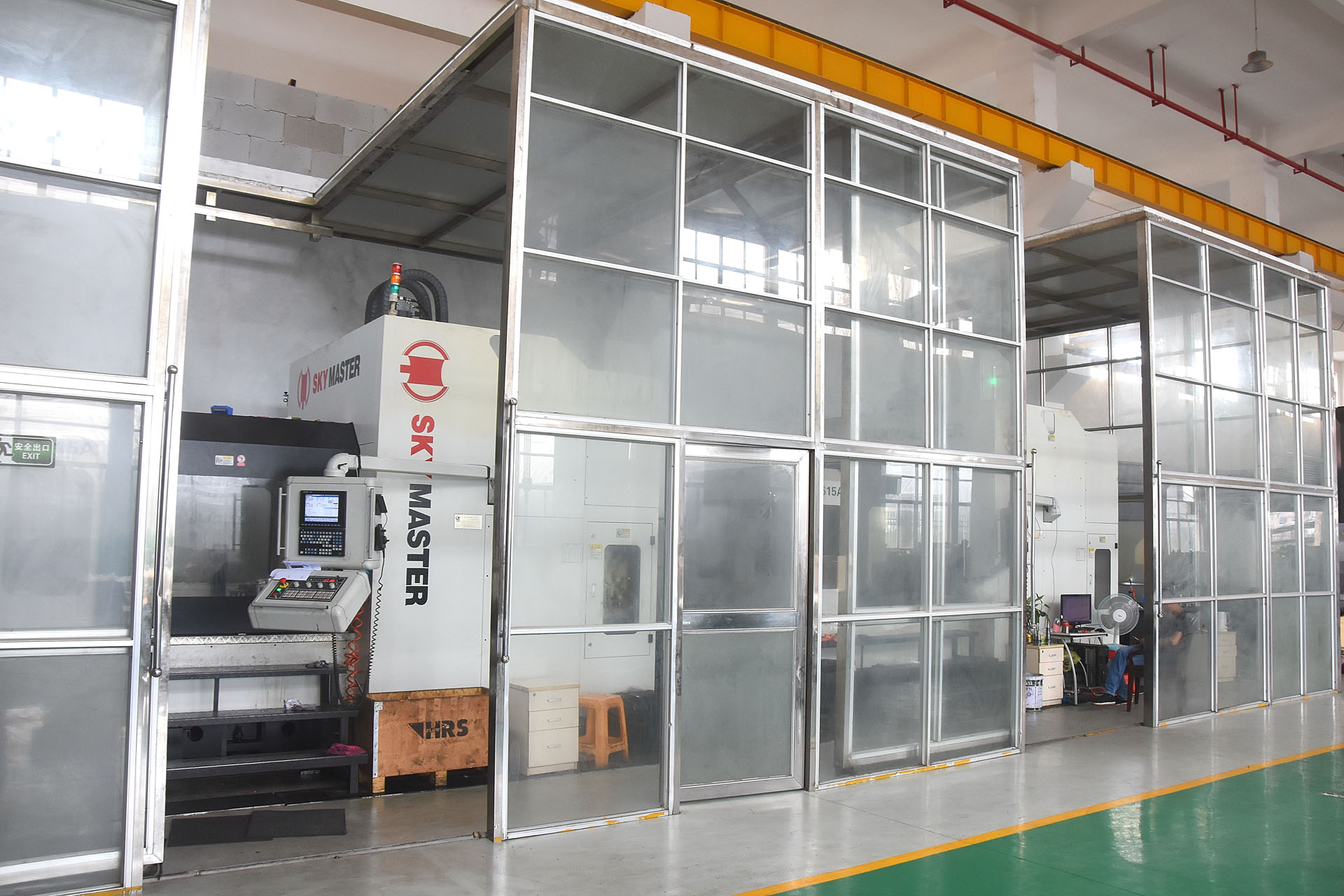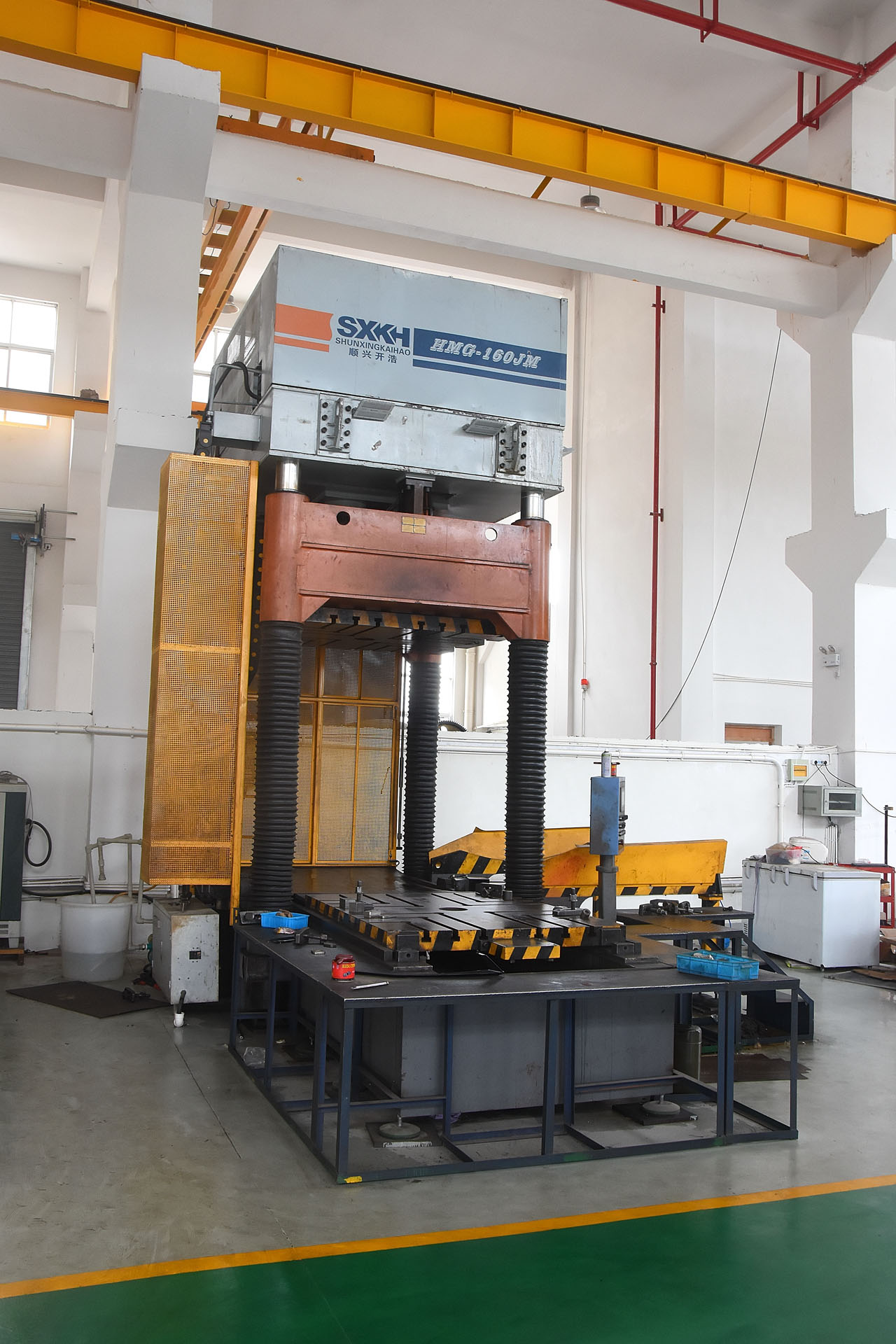Bumpers are critical for vehicle safety, aerodynamics, and aesthetics. High-precision bumper injection molds ensure consistent quality, reducing defects and production costs. Key factors driving demand include:
- Lightweight Materials: With the rise of electric vehicles (EVs), automakers are using thermoplastics, composites, and recycled materials to reduce weight and improve efficiency.
- Complex Geometries: Advanced 3D printing and CNC machining enable intricate bumper designs for better aerodynamics and crash absorption.
- Sustainability:Eco-friendly mold materials and energy-efficient production processes are becoming industry standards.
1. High-Performance Thermoplastics
Modern bumpers rely on materials like polypropylene (PP), ABS, and TPO for durability and flexibility. These materials require precision molds to maintain structural integrity while reducing weight.
2. Multi-Material Molding
Hybrid molds that combine plastic and metal inserts improve strength and reduce assembly steps, cutting production time and costs.
3. AI & Automation in Mold Production
AI-driven design software optimizes mold geometry for better performance, while robotic automation ensures faster, defect-free manufacturing.
4. Sustainable Manufacturing Practices
- Recycled plastic molds reduce environmental impact.
- Energy-efficient injection molding machines lower carbon footprints.
5. Rapid Prototyping with 3D Printing
3D-printed prototype molds allow faster testing and design adjustments, speeding up time-to-market for new vehicle models.





